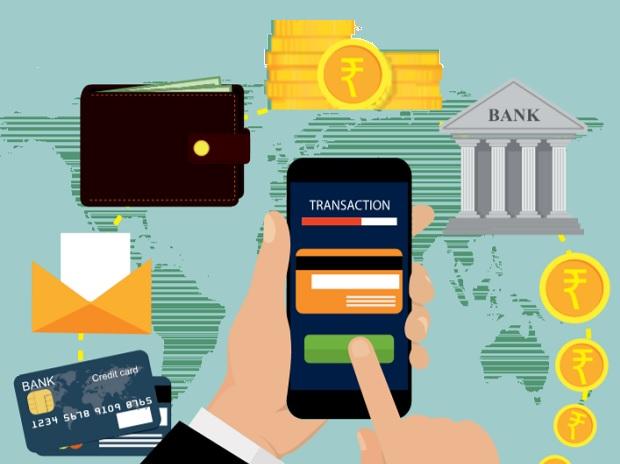

CBDT vide Circular No. 12/2020 dated May 20, 2020 issued clarification in respect of prescribed electronic mode under section 269SU of Income Tax Act, 1961 to encourage digital transactions and move towards a less-cash economy.
A new provision namely Section 269SU was inserted in the Income-tax Act, 1961 (“the Act”), vide the Finance (NO. 2) Act 2019.
This section requires every person carrying on business and having sales/turnover/gross receipts from the business of more than Rs 50 Crores (“specified person”) in the immediately preceding previous year to mandatorily provide facilities for accepting payments through prescribed electronic modes.
Subsequently, vide Notification no, 105/2019 dated 30.12.2019
Representations have been received stating that the above requirement of mandatory facility for payments through the prescribed electronic modes is generally applicable in B2C (Business to Consumer) businesses, which directly deal with retail customers.
Moreover, since the prescribed electronic modes have a maximum payment limit per transaction or per day they are not so relevant to B2B (Business to Business) businesses, which generally receive large payments through other electronic modes of payment such as NEFT or RTGS.
Mandating such businesses to provide the facility for accepting payments through prescribed electronic modes would cause administrative inconvenience and impose additional costs.
In view of the above, it is hereby clarified that the provisions of section 269SU of the Act shall not be applicable to a specified person having only B2B transactions (i.e. no transaction with retail customer/consumer) if atleast 95% of aggregate of all amounts received during the previous year, including amount received for sales, turnover or gross receipts, are by any mode other than cash.